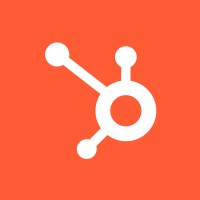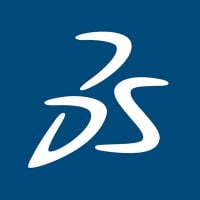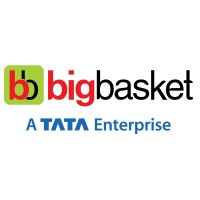Company Cyber Security Posture
NANA
NA Company Details
NA
NA
NA
NA
NA
NA
Scan still pending
NA
NA
Between 200 and 800
This score is AI-generated and less favored by cyber insurers, who prefer the TPRM score.
 NA Global Score
NA Global Score.png)

Company Scoring based on AI Models
| Model Name | Date | Description | Current Score Difference | Score |
|---|---|---|---|---|
| AVERAGE-Industry | 03-12-2025 | This score represents the average cybersecurity rating of companies already scanned within the same industry. It provides a benchmark to compare an individual company's security posture against its industry peers. | N/A | Between 200 and 800 |
Company Cyber Security News & History
| Entity | Type | Severity | Impact | Seen | Url ID | Details | View |
|---|
Company Subsidiaries

NA
Access Data Using Our API

Get company history
.png)
NA Cyber Security News
From Hacker to CEO: Santiago Rosenblatt and the Cybersecurity Revolution at Strike
Today we're chatting with Santiago Rosenblatt, founder of Strike, a platform for penetration testing and security vulnerabilities fixing.
Cybersecurity startup Strike raises US$5.4 million •
Strike is a continuous penetration testing platform that seeks to expand access to cybersecurity in Latin America. Penetration tests are ...
Uruguayan Startup Founders Launch Platform to Nurture New Businesses
Nilus is a technology platform created by Uruguayan Ady Beitler to reduce food insecurity and lower the cost of access to basic products for low ...
HSBC Argentina Protects Your Information in 'Succession' Inspired Spot
HSBC Argentina once again decided to launch a new high-impact campaign to raise awareness and educate on the risks of operating online and how to protect ...

NA Similar Companies

Just Eat Takeaway.com
Just Eat Takeaway.com is a leading global online delivery marketplace, connecting consumers and restaurants through our platform in 17 countries. Like a dinner table, working at JET brings our office employees and couriers together. From coding to customer service to couriers, JET is a

HubSpot
HubSpot is a leading CRM platform that provides software and support to help businesses grow better. Our platform includes marketing, sales, service, and website management products that start free and scale to meet our customers’ needs at any stage of growth. Today, thousands of customers around th

Groupon
Groupon is an experiences marketplace that brings people more ways to get the most out of their city or wherever they may be. By enabling real-time mobile commerce across local businesses, live events and travel destinations, Groupon helps people find and discover experiences––big and small, new and

Dassault Systèmes
Dassault Systèmes, the 3DEXPERIENCE Company, is a catalyst for human progress. We provide business and people with collaborative virtual environments to imagine sustainable innovations. By creating virtual twin experiences of the real world with our 3DEXPERIENCE platform and applications, our custom

bigbasket
Starting our journey in 2011, today, bigbasket - a Tata Enterprise is India’s largest online supermarket with over 13 million customers and a presence in 60+ cities & towns. With our presence spanning the entire spectrum of consumer needs, we operate through a range of business lines - bigbasket, bb

Daraz
Daraz is the leading e-commerce marketplace across South Asia (excluding India). Our business covers four key areas – e-commerce, logistics, payment infrastructure and financial services – providing our sellers and customers with an end-to-end commerce solution. With access to over 500 million custo

Frequently Asked Questions
Explore insights on cybersecurity incidents, risk posture, and Rankiteo's assessments.
NA CyberSecurity History Information
How many cyber incidents has NA faced?
Total Incidents: According to Rankiteo, NA has faced 0 incidents in the past.
What types of cybersecurity incidents have occurred at NA?
Incident Types: The types of cybersecurity incidents that have occurred include .
Additional Questions
What Do We Measure?
















Every week, Rankiteo analyzes billions of signals to give organizations a sharper, faster view of emerging risks. With deeper, more actionable intelligence at their fingertips, security teams can outpace threat actors, respond instantly to Zero-Day attacks, and dramatically shrink their risk exposure window.
These are some of the factors we use to calculate the overall score:
Identify exposed access points, detect misconfigured SSL certificates, and uncover vulnerabilities across the network infrastructure.
Gain visibility into the software components used within an organization to detect vulnerabilities, manage risk, and ensure supply chain security.
Monitor and manage all IT assets and their configurations to ensure accurate, real-time visibility across the company's technology environment.
Leverage real-time insights on active threats, malware campaigns, and emerging vulnerabilities to proactively defend against evolving cyberattacks.




